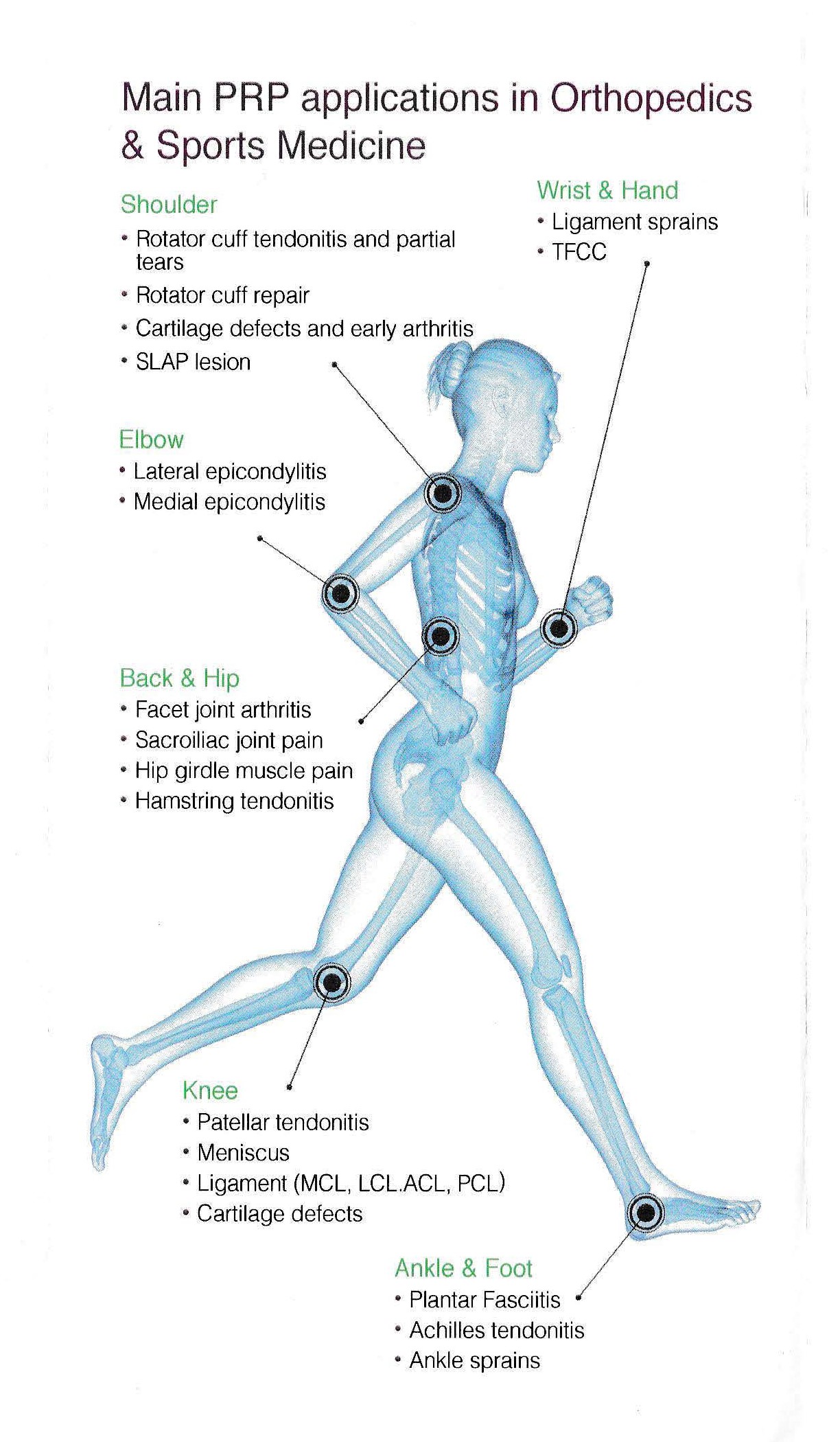why prp?
setting new standards for prp systems
COMMON QUESTIONS
What is PRP?
Platelet-rich plasma (PRP) is a collection of a person’s own platelets and other regenerative cells that can enhance healing and tissue regeneration. It is created by taking a small sample of blood and spinning it in a centrifuge to separate the various cells and to concentrate the platelets.
How does PRP work?
Your body is in a constant state of regeneration. This process is the responsibility of platelets, cells in your blood that house hundreds of growth factors within its walls. When platelets encounter injured tissue, they release growth factors which will coordinate the healing process. A PRP treatment simply concentrates the platelets and administers them to damaged tissues.
What is the difference between PRP brands?
There are dozens of different PRP collection systems that concentrate platelets. Although each of these systems calls their final product “PRP” it is important for people to know that not all PRP is created equal. The final formulation of PRP is very important in determining how effective it can be. Current research sheds light on how red blood cells (RBCs) and white blood cells (WBCs) influence the effectiveness of PRP. RBCs and neutrophils inhibit healing while monocytes promote healing.
Is PRP covered by insurance?
Insurance companies are beginning to recognize PRP as an effective treatment but are not covering PRP treatments at this time.

